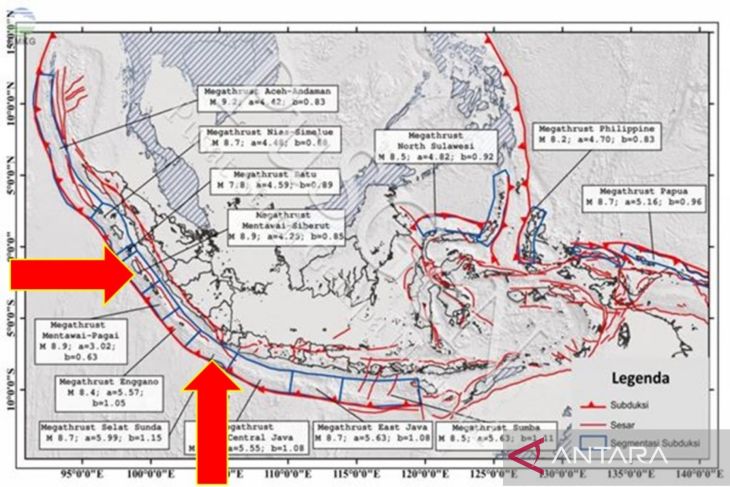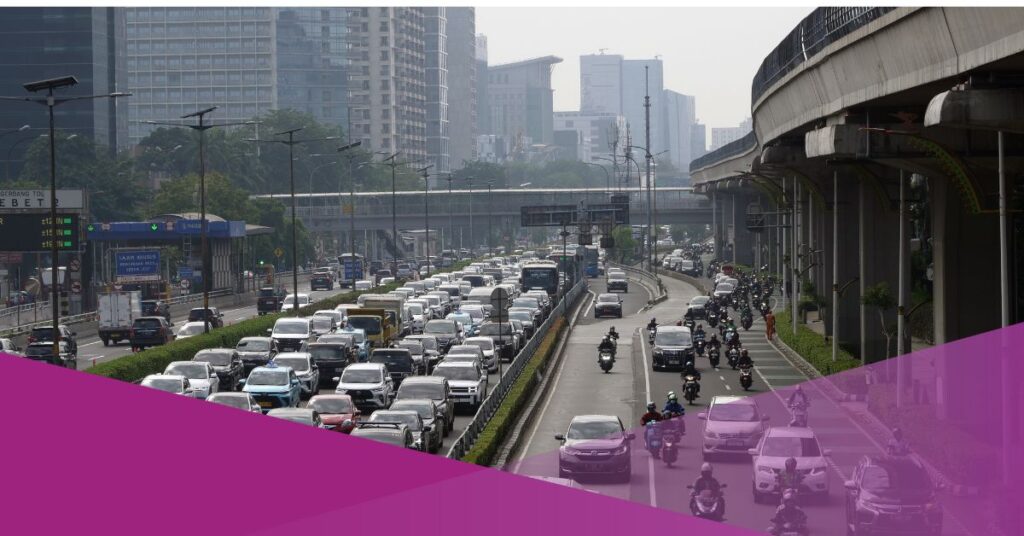On August 8, 2024, a megathrust earthquake struck Japan, followed by a tsunami warning.
Related to this news, the Meteorology, Climatology, and Geophysics Agency (BMKG) Indonesia revealed that Indonesia should be aware of the impact caused by the earthquake originating from the Nankai Megathrust in the east off the coast of Kyushu, Shikoku, and Kinki Islands in southern Japan.
BMKG previously predicted the big Nankai earthquake in southern Japan on August 8. The head of the BMKG Earthquake and Tsunami Centre, Daryono, conveyed this information.
“The results of tsunami modelling by BMKG show a threat status of ‘alert’ with a tsunami height of less than half a meter and finally confirmed, indeed, a tsunami occurred on the Miyazaki Coast of Japan with a height of 31 cm and did no damage,” said Daryono in a press release statement to the media.
The reason is that two megathrusts in Indonesia have not released their energy for a long time.
What is a megathrust?

Megathrust is the meeting zone between the Earth’s tectonic plates. This zone has the potential to trigger strong earthquakes and even tsunamis. Megathrusts are predicted to explode repeatedly in a span of up to hundreds of years.
Reflecting on the Nankai earthquake, Daryono, said that there are at least 2 megathrusts in Indonesia that are similar to the Nankai Megathrust, namely potential earthquake source zones that have not released their energy for tens or hundreds of years.
In Indonesia, the seismic gap is on the Sunda Strait Megathrust (M8.7) and the Mentawai-Suberut Megathrust (M8.9).
If a megathrust earthquake occurs in Indonesia, it has the potential to cause a tsunami.
“Because every large and shallow earthquake in the megathrust zone will trigger a fault with a thrust fault mechanism that can disturb the seawater column (tsunami),” continued Daryono.
As an anticipation and mitigation measure, the BMKG has prepared an increasingly fast and accurate monitoring, processing, and dissemination system for earthquake information and tsunami early warning.

































